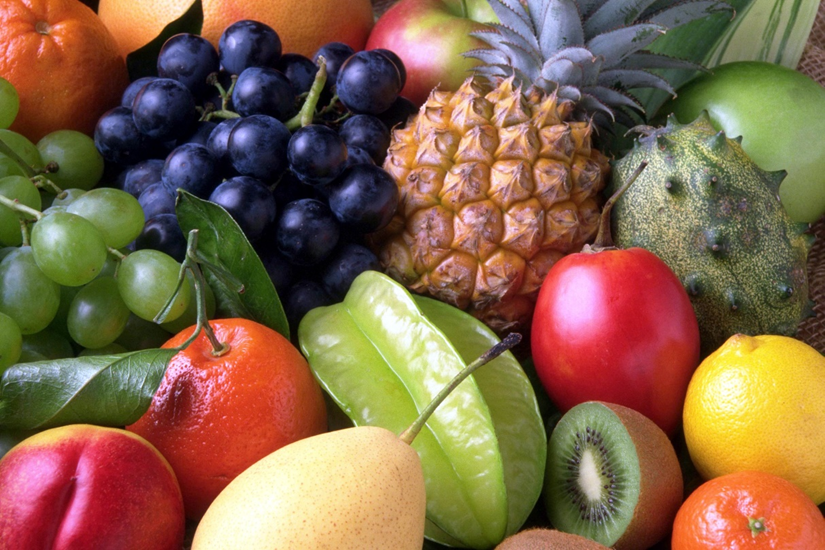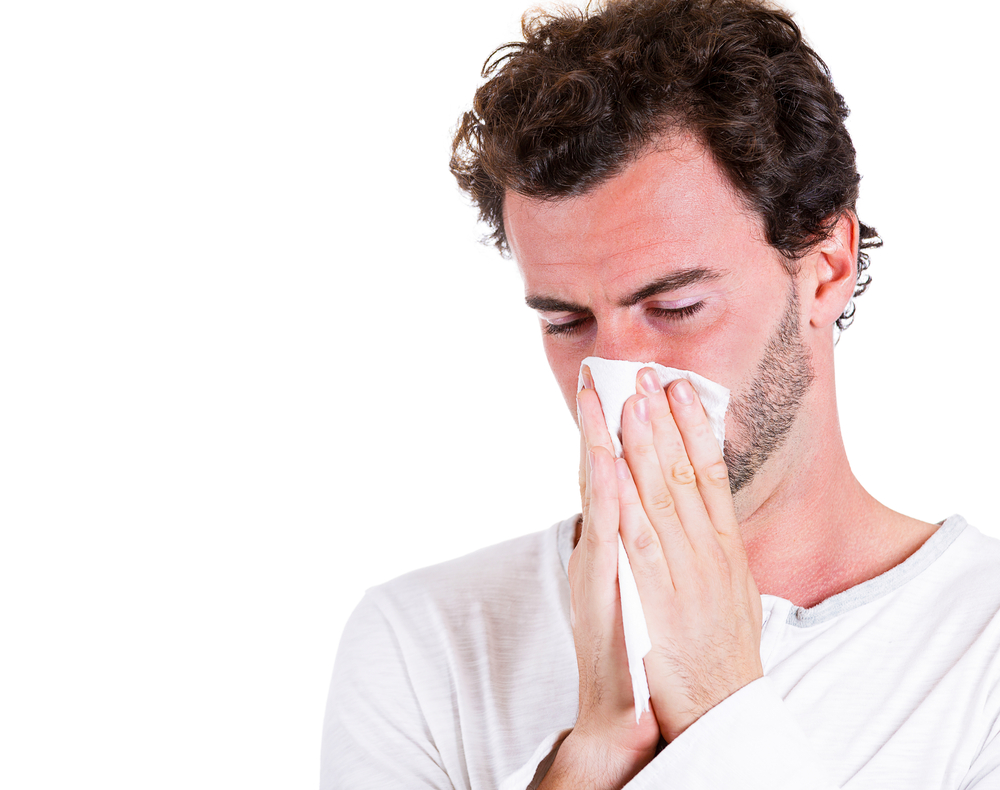During the pollen season, the discomfort of allergy sufferers is great. As soon as the temperatures rise, the pollen starts to fly. As beautiful as the blooming of nature is, unfortunately, this is also the start of the suffering seasons for allergic people.
How does the allergy become noticeable?
In the beginning, a pollen allergy is often confused with a cold, because the symptoms are similar. Typical symptoms of hay fever are runny nose, sneezing attacks as well as watery eyes. Rarely does the allergy occur before the age of three, most often the symptoms become noticeable from school age.

Other symptoms:
- Stuffy nose
- Itchy nose
- Itchy, reddened eyes and swollen eyelids
- Irritated cough
- Hoarseness
- Scratching in the throat area
- Swelling around the mouth and airways
- Allergic asthma
Difference between pollen allergy and colds
- Unlike colds, allergies usually do not cause fever
- Colds usually do not cause itchy, watery eyes
- A cold usually lasts no more than 2 weeks, while an allergy lasts several weeks or even months
- Sore throat is usually a sign of a common cold but rarely occurs with allergies
- Common colds can occur all year round, whereas allergies are limited to the season
Untreated pollen allergy
If pollen allergy is not taken seriously and left untreated, it can lead to, what is called, a floor change. The symptoms spread from the head area to the respiratory tract. The process of allergy takes place in the whole body, but first shows itself on the mucous membranes. Without appropriate treatment, the bronchial walls can then become inflamed, causing the bronchial tubes to contract and produce more mucus. This can lead to allergic asthma. Pollen-induced asthma can be recognized by the fact that shortness of breath is at its worst during pollen flights.
In order to avoid such late effects as much as possible, it is advisable to visit an allergist to determine the allergy trigger. The allergist can recommend various medications and forms of therapy, such as hypersensitization. This leads to the goal that the body can become accustomed to the allergy triggers through controlled and small amounts of the allergen. In the long term, this should be able to lead to a decrease in symptoms.

Cross allergies to food
Allergy sufferers are often not only plagued by pollen but can also suffer from a cross-allergy, which is a pollen-associated food allergy (OAS).
In the case of a pollen allergy, the immune system forms defensive substances against the basically harmless pollen allergens. These defenses can then confuse the pollen allergens with allergens from plant foods. Since there is a botanical relationship between foods and plants, the protein structures are also very similar, which can trigger allergies. About 50% of all hay fever sufferers also suffer from food allergies. Very rarely, people without hay fever also suffer from such a food allergy.
Allergic reactions to the following foods are possible:
- In birch pollen allergy: Apple, hazelnuts, peach, kiwi, plum, pear, cherry, apricot, soy, peanuts, almond, fig, carrot, celery, potato, parsley, caraway, fennel, coriander, anise.
- For mugwort pollen allergy: Carrot, celery, bell pepper, parsley, chamomile, cumin, fennel, cinnamon, coriander, anise, black pepper, garlic, onion, mustard, cabbage, broccoli
- For ragweed/ambrosia pollen allergy: Sugar melon, honeydew melon, cucumber, watermelon, zucchini, banana
- For grasses pollen allergy: Tomato, potato, celery, soy, peanut.
Many of the fruits and vegetables are safe to enjoy peeled and cooked for pollen allergy sufferers.
How to remedy the situation
It would be best to avoid the triggers to a large extent, which is often not realistic. If one does not want to stay indoors completely, it is very helpful to know when which pollens fly in order to be able to avoid them.
Precise information on the pollen count in Switzerland can be found at www.pollenundallergie.ch or via the "Pollen News" app. The measurement data is provided by MeteoSwiss, which is measured with our real-time pollen monitoring systems.
European pollen data are published in different languages at www.polleninfo.org.
A few doable tips:
- During pollen season, ventilate only briefly. During longer periods of rain, you can ventilate more extensively.
- Vacuum daily, also on upholstered furniture.
- Install pollen screens on the windows
- Do not take off and deposit worn clothes in the bedroom.
- Wash hair before going to bed
- Do not let the laundry dry outside during this time
- When the pollen count is high, stay outdoors only to a limited extent and preferably with sunglasses on
- When walking, prefer the deciduous forest to the coniferous forest, because the leaves filter some of the pollen from the air.
References
- Medical University of Vienna: Cross Allergy. FWF science communication project. Retrieved online 3/1/2023 from meduniwien.ac.at
- Cardiovascular center: untreated allergy. Retrieved online 3/1/2023 from https://www.herz-kreislauf-zentrum.net
- Allergy Center Switzerland (2023): Tips for allergy sufferers. Retrieved online 3/1/2023 from aha.ch
- Thermo Fisher Scientific: difference allergy and cold. Retrieved online 3/1/2023 from thermofisher.com
- Allnatura: Tips for allergy sufferers. Retrieved online 3/1/2023 from https://www.allnatura.ch
- Pollen Foundations: OAS: Retrieved online 3/1/2023 from pollenstiftung.de
Debora Thaler
Marketing Coordinator

